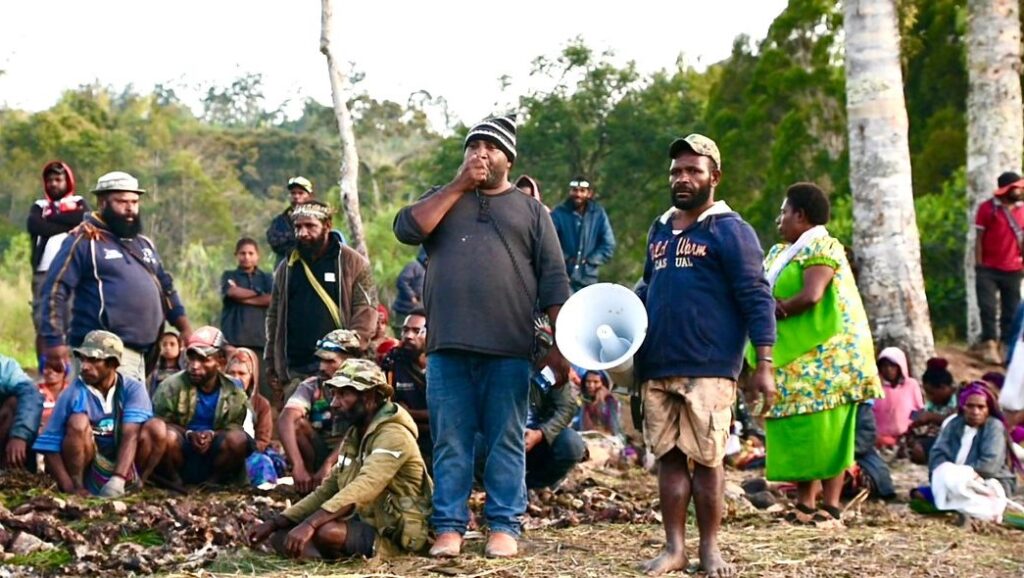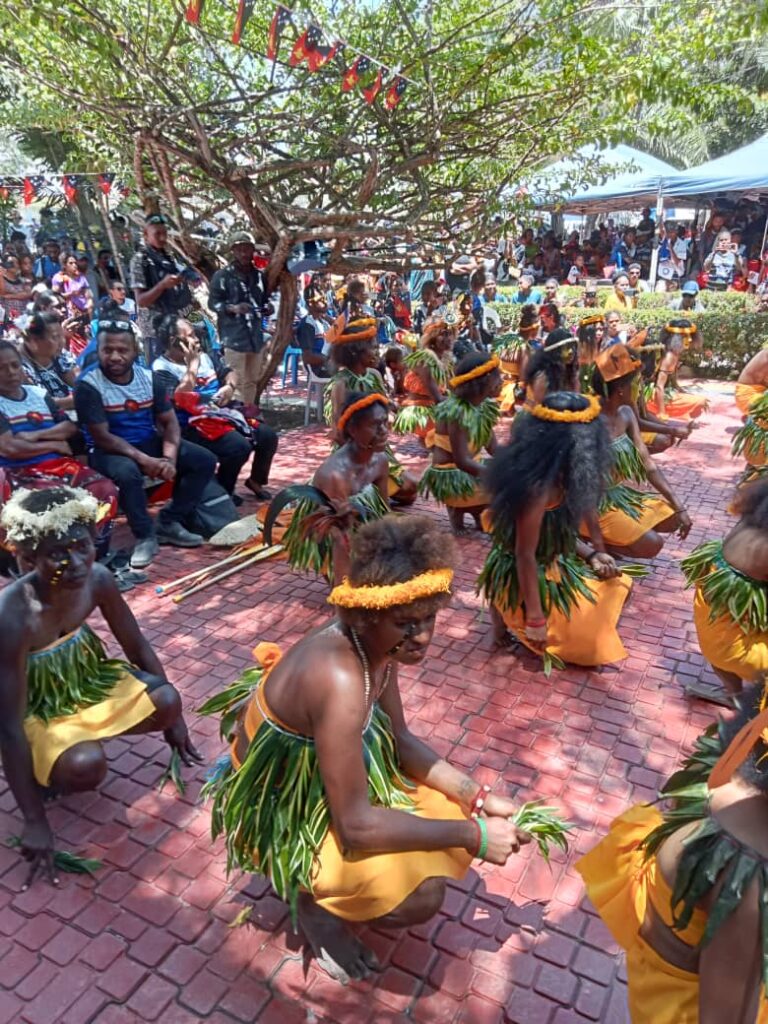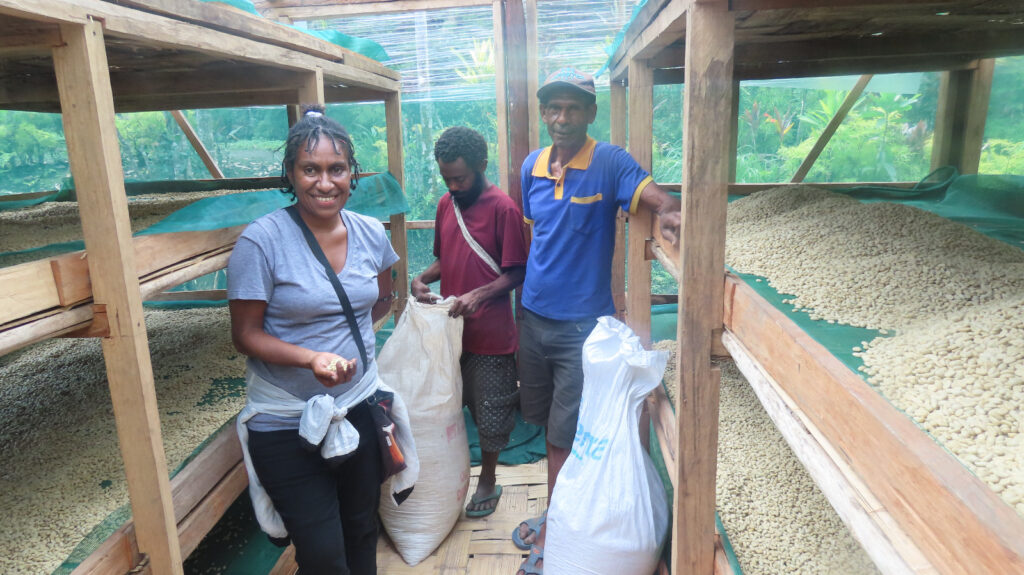A cabinet reshuffle in the Bougainville Government is aimed at redirecting development focus for Finance and Mining ministries.
The new changes include Robin Wilson, member for Terra constituency, assuming the role as Minister for Finance and Treasury in the Bougainville Executive Government.
A role previously held by outgoing minster, Mathias Salas who had delivered three budgets for the Autonomous Government and oversight the permanent appointment of Department Secretary, Johnny Auna.
In assuming the role, President Toroama charged Minister Wilson with reforming administrative functions within the department and expanding its responsibilities to include financial analysis, tax management, risk management, and investment management, as some of the immediate tasks.
“Minister Wilson, your first task in getting the Ministry and Department in order is to take control of the administrative functions of department. You will have the full support of the Presidency and the Bougainville Executive Council to introduce the changes that will ensure the department functions efficiently and in accordance with the vision of my government,” Toroama said .
President Toroama also emphasized the urgent need to revitalize the Bougainville Tax Office, pushing for a policy change to keep tax collections within Bougainville rather than remitting them to the Internal Revenue Commission in Port Moresby.
Another change in the cabinet reshuffle would be President Toroama assuming the portfolio of the Minister for the Department of Mineral Energy Resources, previously held by Minister Wilson.
Toroama stressed that changes in cabinet are driven by the need to institute outcomes consistent with his government’s development and independence policies.
“These changes are vital to ensure consistency in my vision for Bougainville’s development and our independence readiness mission,” said Toroama.
Taking on the role as Minister for Mineral Energy Resources, President Toroama outlined his priorities, which include redeveloping the extractive industry and expanding the energy sector.
Toroama highlighted the establishment of the Bougainville Energy Office and the potential for renewable energy sources such as hydro and wind energy.
“It is time we look at alternative sources of renewable and clean energy to address the perennial energy crisis that we are facing today. We have the potential for hydro and wind energy generation. I will be looking at the possibility of reviving the hydro stations at Togarau and Ramazon and getting them online as soon as possible,” he said.




























